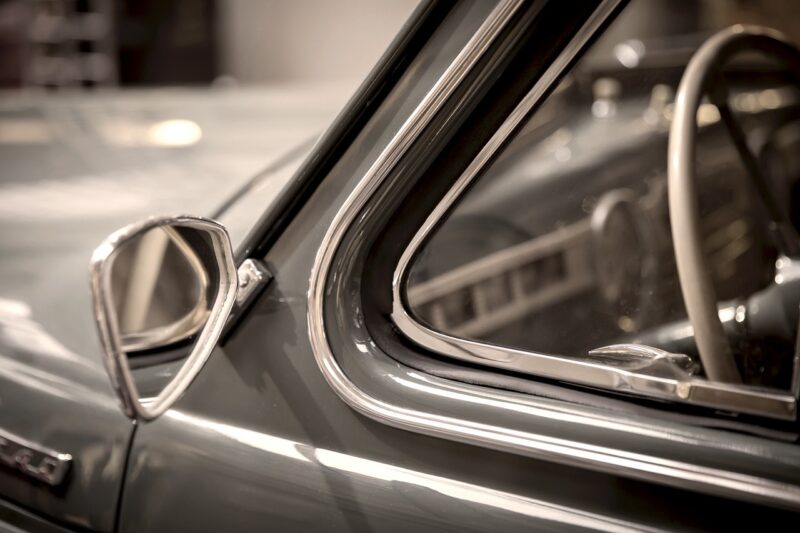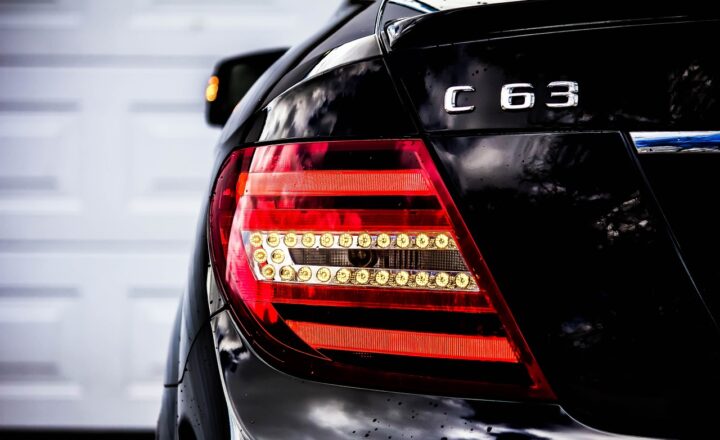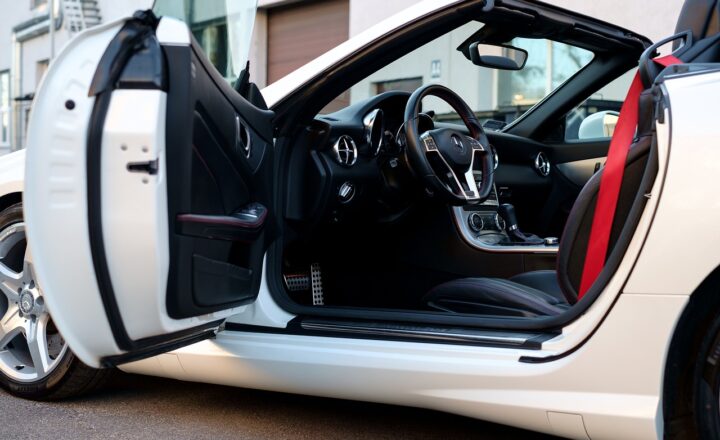How to Keep a Classic Car in Mint Condition: Maintenance Tips for Enthusiasts
November 11, 2024

Classic cars evoke nostalgia and admiration, serving as tangible pieces of history that showcase engineering advances and style evolution. Owning a classic car is not just about driving; it’s about cherishing and maintaining every detail to keep it in mint condition. Whether it’s a vintage Mustang, a classic Porsche, or any other cherished model, proper maintenance is crucial to preserving both its aesthetic and mechanical integrity. In this article, we will discuss essential tips and techniques to keep your classic car looking and running as good as new.
1. Understand Your Classic Car
Before diving into maintenance, it’s essential to have a thorough understanding of your classic car, including its mechanical systems, the materials used, and its typical wear points. Research the specific requirements of your vehicle’s make and model. Knowing the car’s history, previous repairs, and any specialty parts required will help you make informed decisions moving forward.
It’s also beneficial to join forums or groups of classic car enthusiasts who share tips and advice. They can provide insights based on their experiences and help you connect with quality suppliers for parts.
2. Regular Cleaning and Detailing
Cleaning doesn’t just make your car look good; it helps protect the surfaces from damage caused by dirt and contaminants. Here’s how to maintain your classic car’s exterior:
- Wash Regularly: Use pH-balanced car shampoo and microfiber towels. Avoid washing in direct sunlight to prevent streaking.
- Clay Bar Treatment: After washing, use a clay bar to remove embedded contaminants from the paint surface.
- Polish and Wax: Regularly polish your classic car to restore its shine, followed by a high-quality wax to protect the finish from UV rays and weather elements.
Maintaining an immaculate exterior creates a barrier against corrosion and keeps the original paint looking vibrant.
3. Mechanical Maintenance: Engine and Beyond
Classic cars often require unique maintenance due to their age and design. Follow these mechanical maintenance tips:
- Regular Oil Changes: Change the oil and oil filter at least every 3,000 miles or as per manufacturer recommendations. Use high-quality oil specifically suited for classic cars.
- Check Fluids: Regularly inspect and top off coolant, brake fluid, transmission fluid, and windshield washer fluid. Any leaks should be addressed immediately.
- Inspect Belts and Hoses: Rubber components degrade much quicker in classic cars. Inspect them regularly for cracks or wear and replace them as needed.
Keeping the engine and drivetrain well-maintained ensures your classic car runs smoothly and efficiently.
4. Tire and Suspension Care
Tires are one of the most vital components impacting performance and safety. Make sure to:
- Check Tire Pressure: Regularly check and maintain the recommended tire pressure to ensure even wear and proper handling.
- Rotate Tires: Rotate your tires according to your car manufacturer’s recommendations to extend their lifespan.
- Inspect Suspension Components: Regularly check shocks, struts, and control arms for signs of wear, which can affect ride quality and safety.
Proper tire and suspension maintenance contribute to a smoother and safer ride, thus preserving your classic car’s performance.
5. Electrical System Management
Electrical systems in classic cars can become brittle and less reliable over time. To keep them functioning properly:
- Inspect Wiring and Connectors: Regularly check for fraying or exposed wires and ensure all connections are tight to prevent electrical failures.
- Upgrade Battery and Charging System: Consider upgrading to a modern, maintenance-free battery that delivers more reliable performance.
- Keep Fuses in Check: Periodically inspect the fuse box and replace any blown fuses to ensure all electrical components function properly.
A reliable electrical system is essential for the overall functionality and safety of your classic car.
6. Protecting Your Investment: Storage Tips
Proper storage is crucial for preventing deterioration due to environmental conditions. Follow these storage guidelines:
- Indoor Storage: Whenever possible, park your classic car in a garage or car cover to protect it from the elements.
- Climate Control: Consider a climate-controlled environment that can help mitigate humidity and temperature fluctuations that damage mechanical components.
- Use a Battery Maintainer: Store your classic car with a battery maintainer to keep the battery charged and ready to go when you want to take it for a drive.
Proper storage ensures that your classic car maintains its quality and remains in mint condition for years to come.
7. Documentation and Record-Keeping
Keeping thorough records of all maintenance performed on your classic car is vital. Consider the following approaches:
- Log All Maintenance Work: Keep a detailed log of all service performed, parts replaced, and upgrades made over the years.
- Retain Invoices & Receipts: Keep copies of invoices for repairs and parts – this documentation not only helps in maintaining the vehicle but also enhances resale value.
- Regular Performance Checks: Monitor key performance indicators such as fuel efficiency, engine noises, and handling, and note any significant changes that might need addressing.
Good documentation provides insight into the vehicle’s history and helps you catch potential issues before they escalate.
Conclusion
Owning and maintaining a classic car is a rewarding journey that requires commitment, knowledge, and care. By understanding the unique features of your vehicle and following these maintenance tips, you can keep your classic car in mint condition for years to come. Invest the time and effort into appropriately caring for your classic vehicle, and you will not only protect your investment but also enjoy a piece of automotive history that stands the test of time.
Your classic car is more than just a mode of transportation; it is a reflection of passion, history, and craftsmanship. Cherish it and let it shine as a point of pride on the road and at gatherings with fellow enthusiasts.







